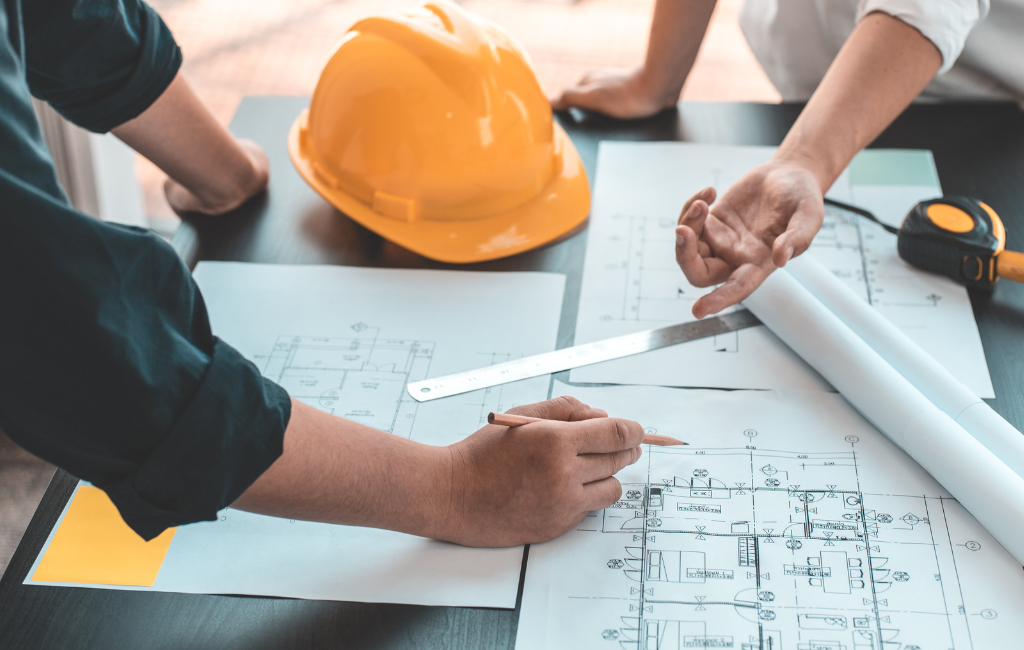Architect: Bridging Functionality and Aesthetics in Design
Architecture stands at the intersection of art and science, where the practical needs of a structure meet the creative vision of its designer. The role of an architect is to harmonize these two aspects, creating spaces that are both functional and visually appealing. This article explores how architects achieve this balance, highlighting key principles, notable examples, and the impact of their work on society.
The Role of an Architect
An architect’s primary responsibility is to design buildings and structures that meet the needs of their users. This involves a deep understanding of both the technical aspects of construction and the aesthetic principles that make a space inviting and inspiring. Architects must consider factors such as safety, sustainability, and usability, while also ensuring that their designs are visually striking and culturally relevant.
Key Principles in Architectural Design
Several core principles guide architects in their work:
- Functionality: Ensuring that the building serves its intended purpose efficiently.
- Aesthetics: Creating visually pleasing and harmonious designs.
- Sustainability: Incorporating eco-friendly materials and energy-efficient systems.
- Context: Designing structures that complement their surroundings and cultural context.
- Innovation: Pushing the boundaries of design with new materials and technologies.
Balancing Functionality and Aesthetics
Achieving a balance between functionality and aesthetics is a complex task that requires a nuanced approach. Architects must navigate various constraints, including budget, site conditions, and client preferences, while striving to create spaces that are both practical and beautiful.
Case Study: The Sydney Opera House
The Sydney Opera House is a prime example of how architects can successfully blend functionality and aesthetics. Designed by Danish architect Jørn Utzon, the building is renowned for its distinctive sail-like design, which has become an iconic symbol of Australia. Despite its striking appearance, the Opera House is also a highly functional performance venue, with state-of-the-art acoustics and versatile spaces that accommodate a wide range of events.
Case Study: The Guggenheim Museum Bilbao
Another notable example is the Guggenheim Museum Bilbao, designed by Frank Gehry. The museum’s undulating, titanium-clad exterior is a masterpiece of contemporary architecture, drawing visitors from around the world. Inside, the museum offers a variety of gallery spaces that are both functional and adaptable, allowing for the display of diverse art collections.
The Impact of Architectural Design on Society
Architectural design has a profound impact on society, shaping the way people live, work, and interact with their environment. Well-designed buildings can enhance the quality of life, promote social cohesion, and contribute to the cultural identity of a community.
Urban Planning and Public Spaces
Architects play a crucial role in urban planning, designing public spaces that foster community engagement and improve the overall livability of cities. Examples include parks, plazas, and pedestrian-friendly streetscapes that encourage social interaction and provide a respite from the hustle and bustle of urban life.
Sustainable Design
Sustainability is a key consideration in modern architecture, with architects increasingly focusing on creating buildings that minimize environmental impact. This includes the use of renewable energy sources, green building materials, and innovative design techniques that reduce energy consumption and waste.
Innovations in Architectural Design
Advancements in technology and materials have opened up new possibilities for architects, allowing them to push the boundaries of design and create structures that were once thought impossible.
Parametric Design
Parametric design is a cutting-edge approach that uses algorithms and computational techniques to generate complex, organic forms. This method allows architects to explore new shapes and structures, resulting in innovative and visually stunning buildings.
3D Printing
3D printing is revolutionizing the construction industry, enabling architects to create intricate models and even full-scale building components with unprecedented precision. This technology offers new opportunities for customization and efficiency in architectural design.
Conclusion
Architects play a vital role in shaping the built environment, balancing the demands of functionality and aesthetics to create spaces that are both practical and inspiring. Through careful consideration of key principles and the innovative use of technology, architects continue to push the boundaries of design, leaving a lasting impact on society. The examples of the Sydney Opera House and the Guggenheim Museum Bilbao illustrate the power of architecture to transform spaces and captivate the imagination, demonstrating the enduring importance of this dynamic field.
